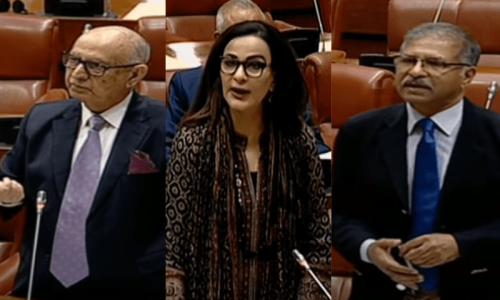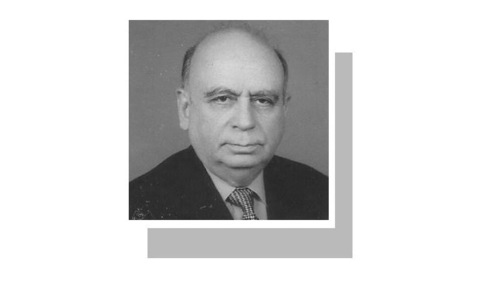Faisalabad, Lahore surpass Delhi as most polluted cities

LAHORE: Smog levels reached hazardous levels on Friday as Faisalabad and Lahore topped the world’s most polluted cities index, followed by New Delhi.
The overall air quality of Lahore was recorded as 321 with a high concentration of PM2.5 of 270 microgrammes per cubic metre, which is the most damaging of the particulate matter in the air and is absorbed directly into the bloodstream and impacts organs. Faisalabad ranked even worse with 440 US air quality index (AQI).
Lahore’s smog conditions have gradually worsened this week with the AQI rising to 281, 295 and 296 on Tuesday, Wednesday and Thursday, respectively and Friday being the worst. Weekends are being seen as a few degrees better when there is less transport on the roads.
While the Environment Protection Department is quick to point out that the Air Visual monitors are giving incorrect readings of the smog levels, experts maintain that the conditions are as bad as they seem.
According to environmental experts and an earlier report by the Food and Agriculture Organisation, the cause of smog remains years-long pollution caused mostly by the transport sector and industries, and not just crop burning. Trans-boundary pollution is also not the main reason as the Met Department has confirmed that Punjab primarily experiences a westerly wave during winter.
Meanwhile, the Space and Upper Atmosphere Research Commission (Suparco) is also actively providing information regarding the weather conditions and has highlighted 28 districts in Punjab where smog levels have been increasing.
Through satellite images, Suparco has told the Provincial Disaster Management Authority (PDMA) that 28 districts in Punjab are contributing to smog by burning crop remains. This includes Lahore and its adjoining areas as well as Bahawalnagar and Bahawalpur.
The respective district administrations have been directed by the PDMA to ensure zero tolerance for crop stubble burning. For the past two days, Suparco has pointed out 1,290 areas for burning stubble.
Meanwhile, out of the 162 brick kilns still operating on the old technology, around 80 were converted to zigzag recently, while work was under way on the others. Out of the 80 zigzag kilns, 30 have been newly built and the remaining converted.
Brick kilns were shut down on Nov 7 till Dec 31. Even as the government claims to be cracking down on kilns, several of them were still operating, some even overnight.
Published in Dawn, November 14th, 2020











































